Benefits of Modular Construction during Labour Shortages
If you are looking to build a home, you must take your time to assess the potential challenges you may face before making the final decision. Some of the common challenges faced with regular RCC construction are shortage of raw materials, not finding the right contractor, fluctuating weather, etc.
Apart from the above challenges, one of the most common hindrances that can significantly impact the construction work after it starts is the shortage of labour. Often contractors struggle to get the right personnel to work on a building project, which causes a delay in the project completion.
So, what do you do to mitigate such challenges? Well, the answer is simple – choose modular construction. Over the years, modular construction has gained immense popularity in India. Modular construction services like Nest-In from the house of Tata Steel offer a wide range of prefab solutions that are geared towards meeting existing and upcoming building requirements of an individual for home extension or housing and more. Nest-In also provides solutions for Government initiatives like the Smart City Mission, CSR programmes etc.
Let us look at the reasons why modular construction is the best choice during a labour shortage.
Allows you to move into your dream space quickly
With conventional construction methods, the work may come to a complete halt due to labour shortage. Thus, there is always a risk that you may not get your home constructed within the deadline.
However, when you opt for a modular construction solution, problems like labour shortage will never occur. Since most of the construction work is completed offsite in a factory, a few dedicated workers work on the project. They use advanced machinery to speed up the process, resulting in 2-3 times faster construction than the traditional methods.
For example, constructing a 20,000 Square foot building may take about 10-11 months with RCC construction method. Whereas, constructing HabiNest of the same size takes about three months.
Requires minimal on-site workers
In traditional RCC construction method, you may need plenty of workers and heavy machinery on site for heavy material handling. Not to mention, you need special personnel to operate the lifting machines.
In contrast, prefab solutions like HabiNest require minimal on-site workforce during the erection process.
Quality control
In traditional construction, the building is made on site from scratch. The shortage of labourers creates pressure on the existing workers. It also results in wastage of material and reduced quality of the material, which can compromise the quality of the structure.
Prefab construction takes place under strict supervision and using precise equipment and methods. Also, the modules are made as per the approved plan and design using appropriate materials.
This helps reduce material wastage and in maintaining the structural integrity of the building. Since these buildings are mostly made from high-quality and completely recyclable steel, the final product has a consistent design and is sturdy to endure harsh weather.
Modular construction provides a safe environment for workers
Modular construction provides a safe working environment. The site workers have access to the right tools and devices as required, and they also get adequate training for the job, which ensures the task is completed on time without compromising on the quality.
Modular construction is immune to several problems associated with traditional construction methods, including labour shortage. So, if you want to build a home, partner with the best modular construction service like Nest-In by Tata Steel and bring your dream home to life.
Posted in MobiNest on Apr 28, 2022.
Contact Us
Recent Post
Prefab Spaces Combine Strength with Modern Design
Prefab for Every Industry: Meeting the Safety and Durability Needs of Businesses
Fast, Safe, and Reliable: Prefab Is the Best Choice for High-Quality Infrastructure
Building Sustainable and Safe Infrastructure with Tata Steel Nest-In
Nest-In Prefab Construction Delivers Speed Without Compromising Quality
Category
- Nest-In 65
- HabiNest 62
- MobiNest 114
- Nestudio 28
- EzyNest 19
- Smart EzyNest 6
- ChargeNest 6
- Covid Offerings 4
- Brand 8







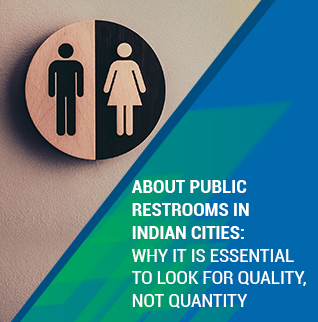










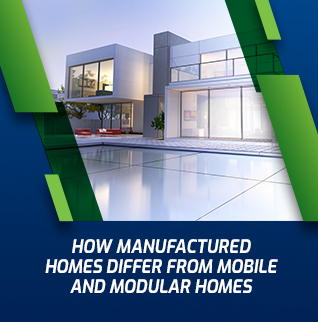






























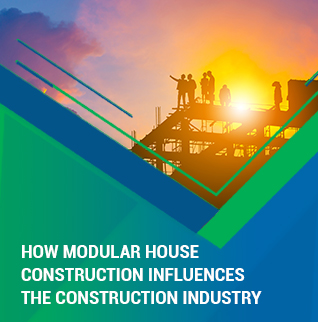
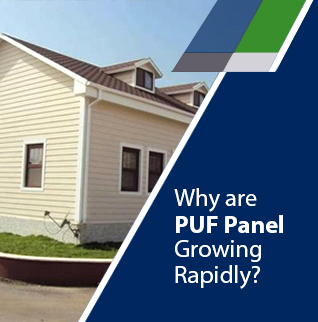






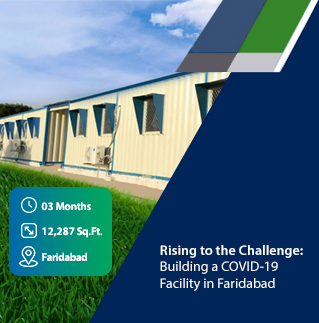






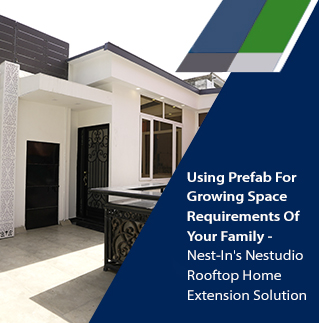





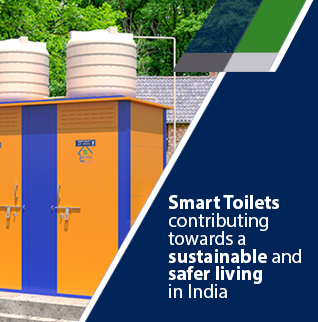






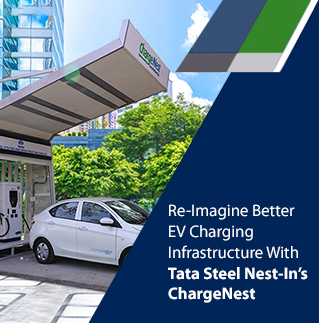





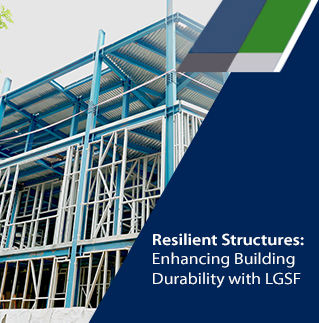

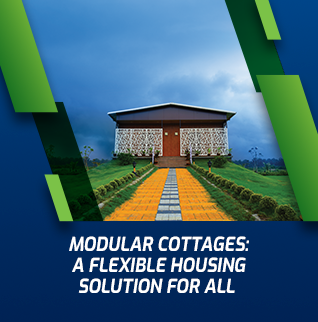











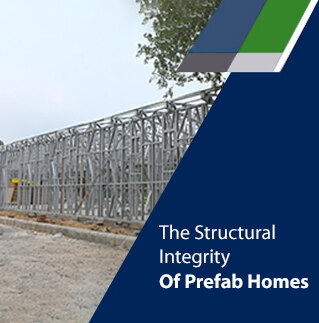















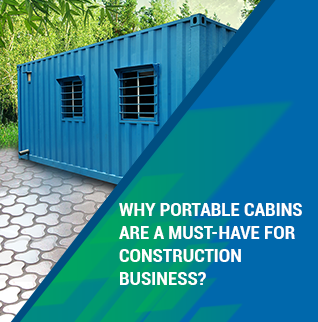

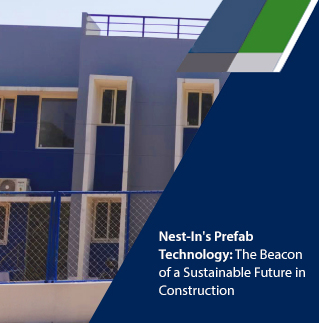






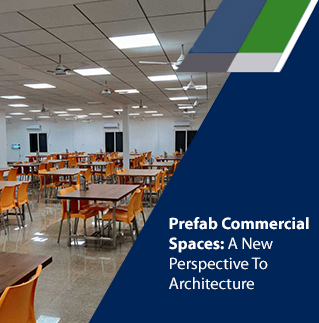
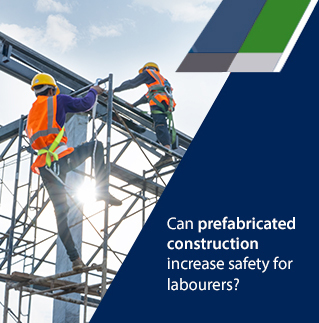



















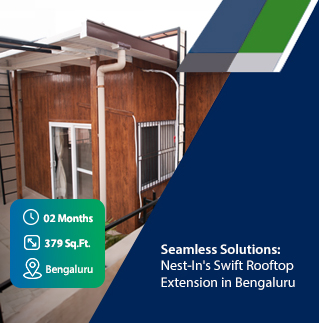

















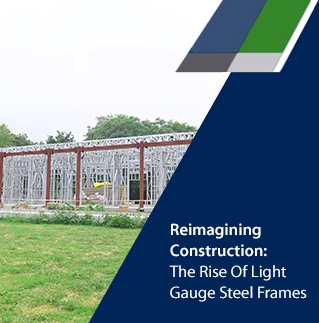















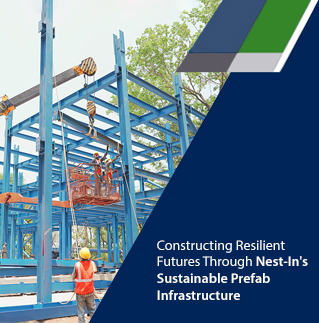


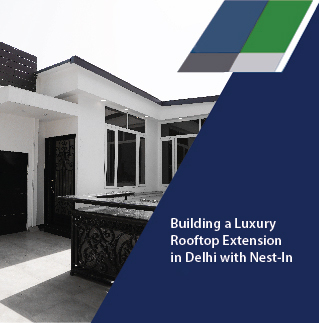







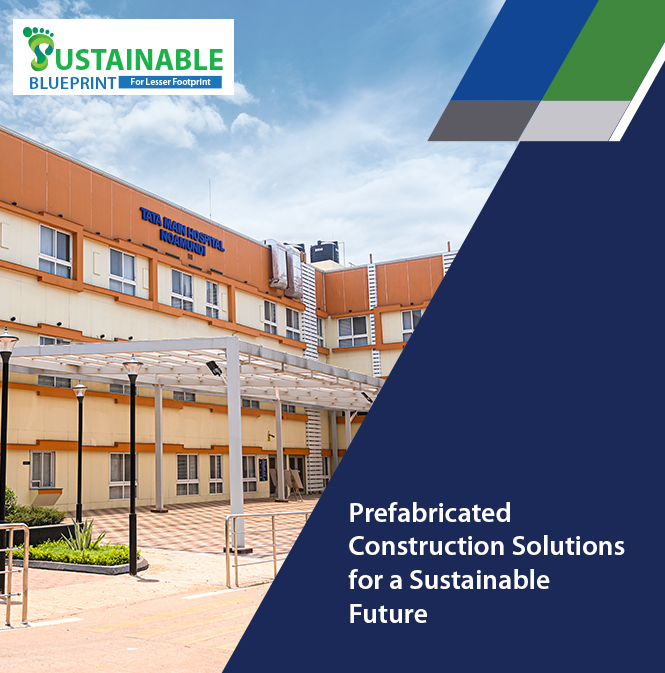








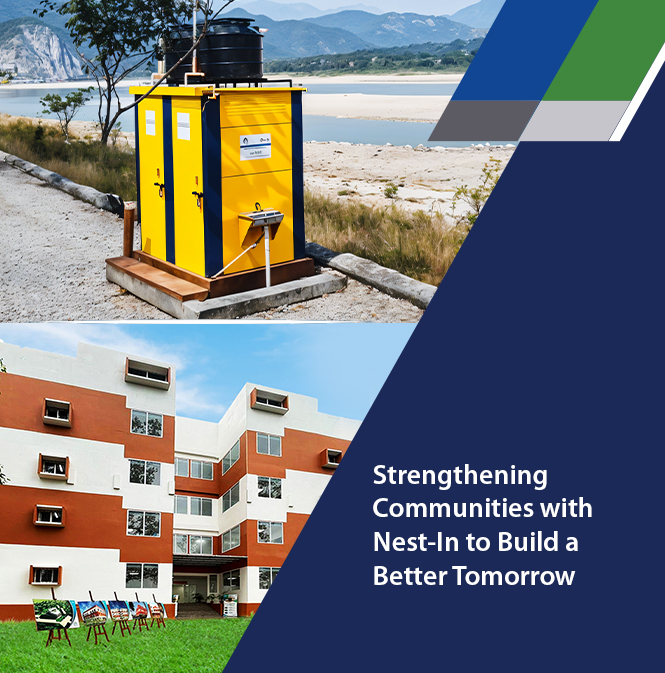


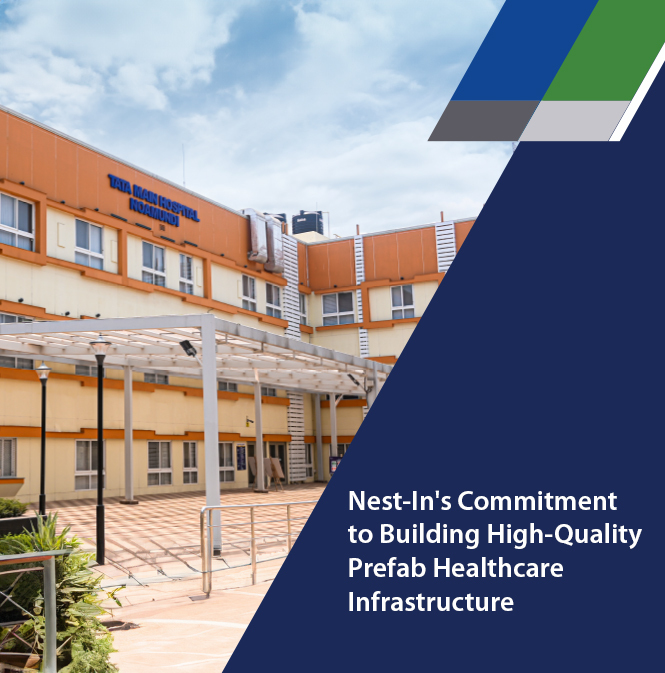






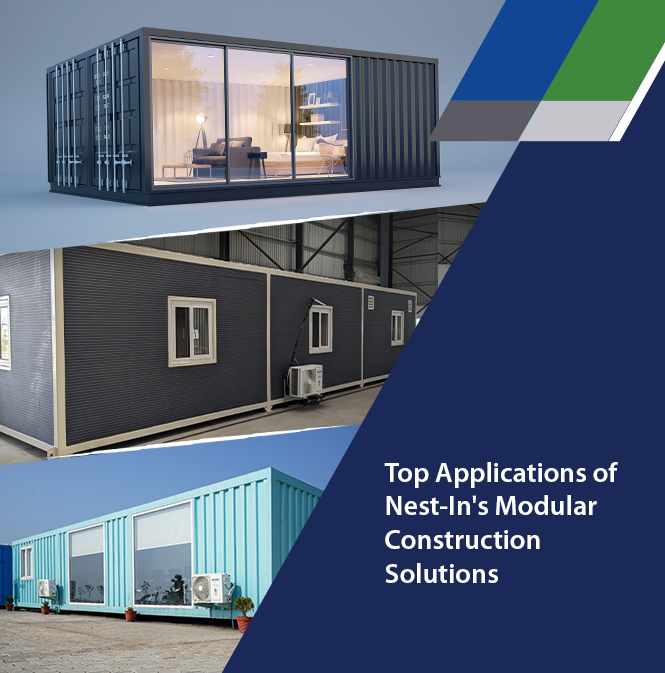


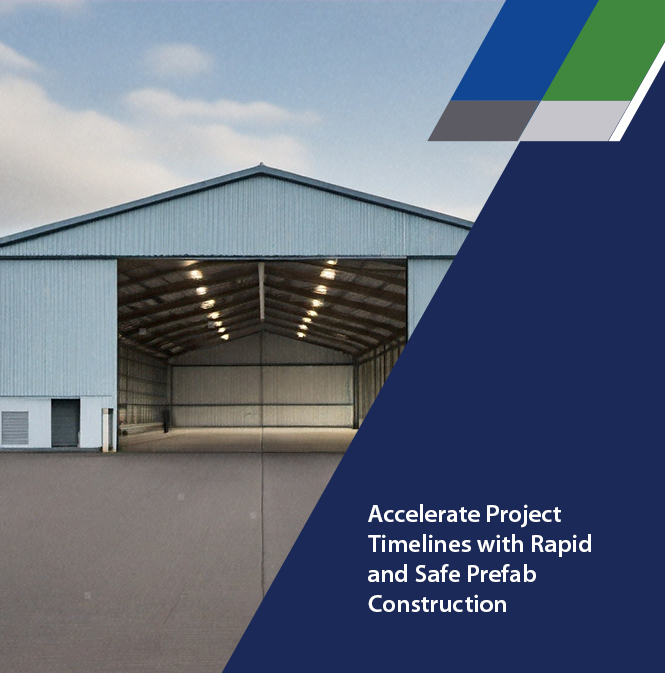



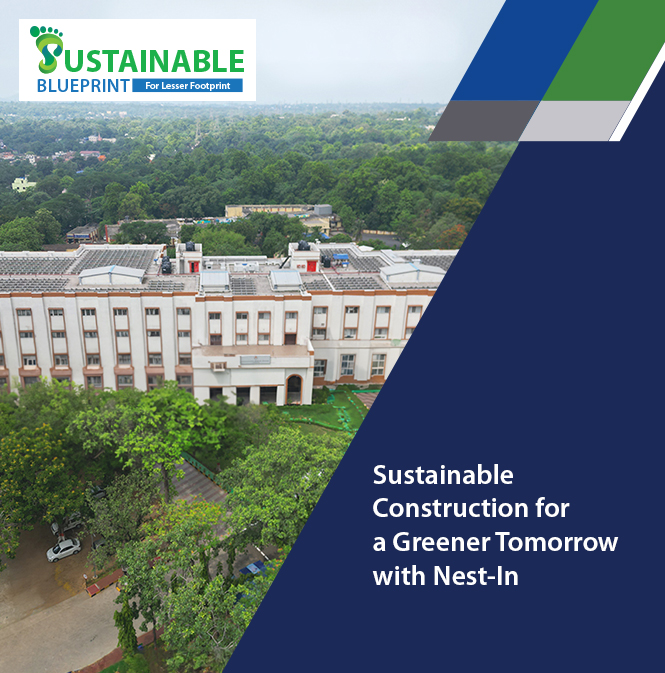
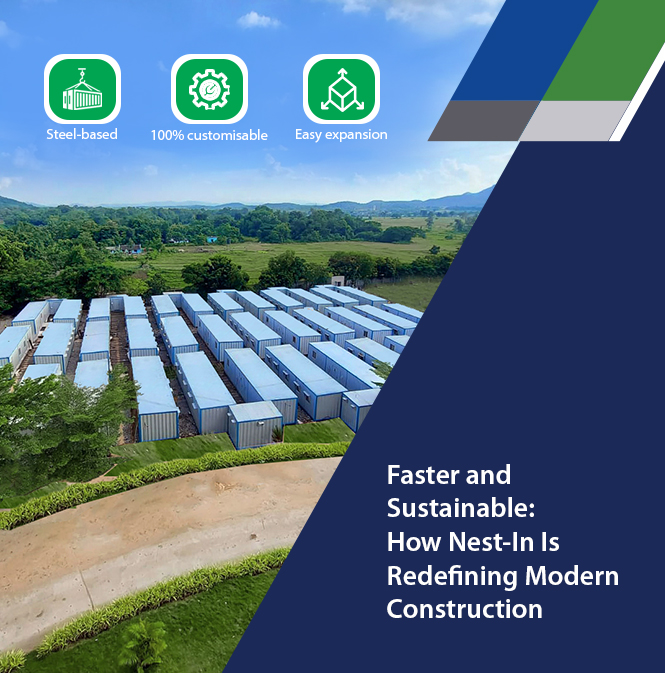





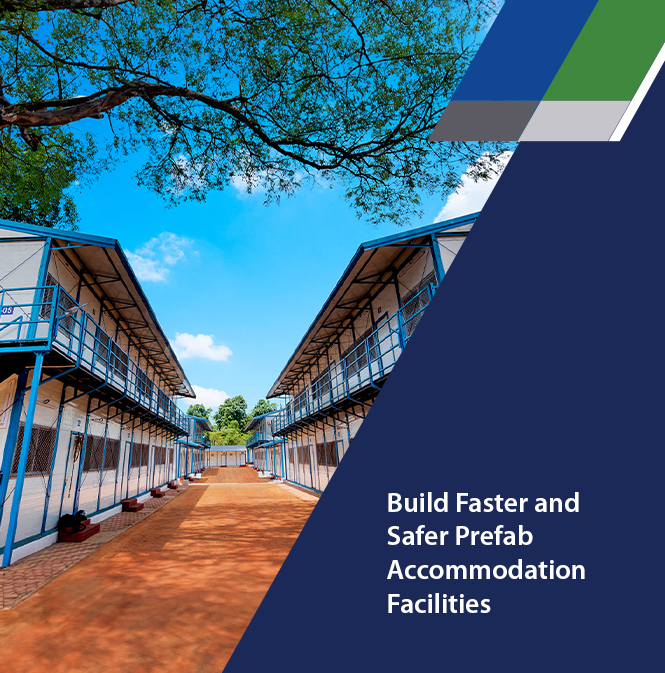

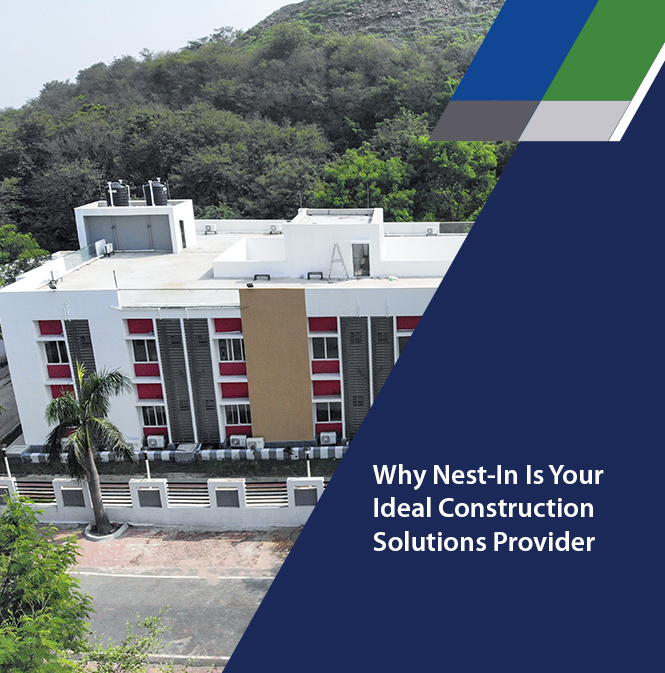
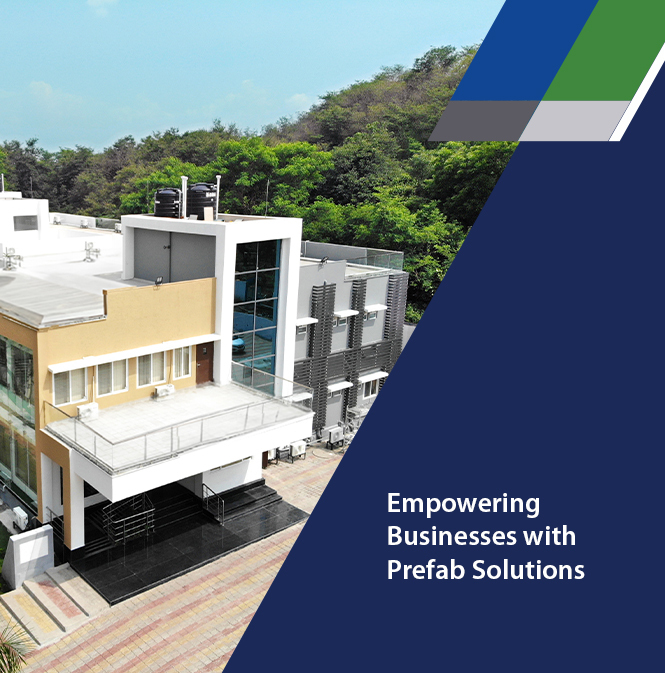
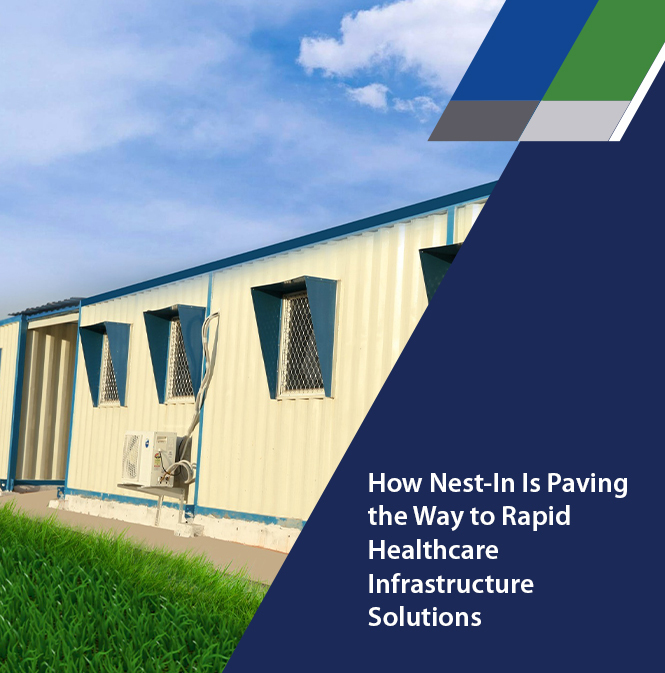

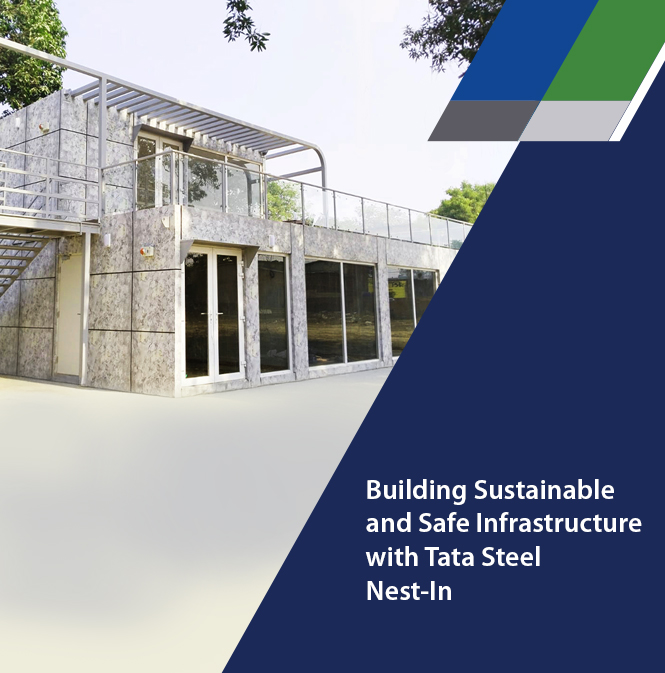
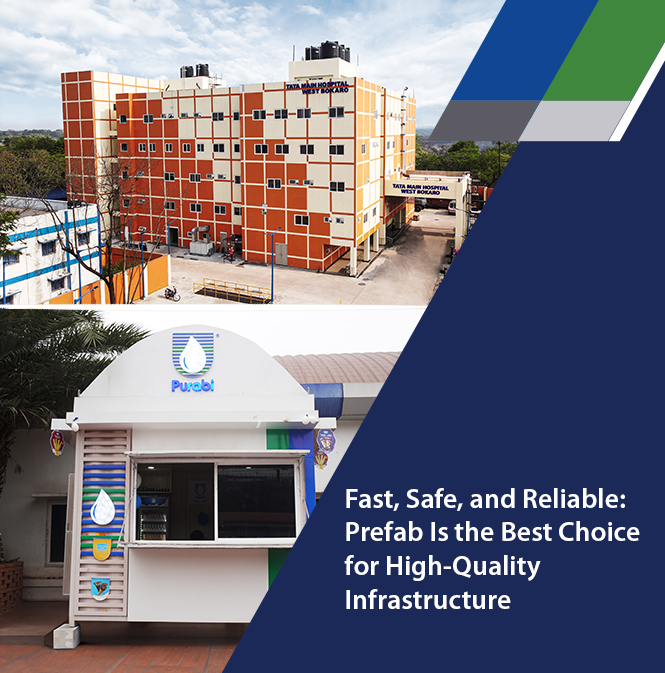





Add comment